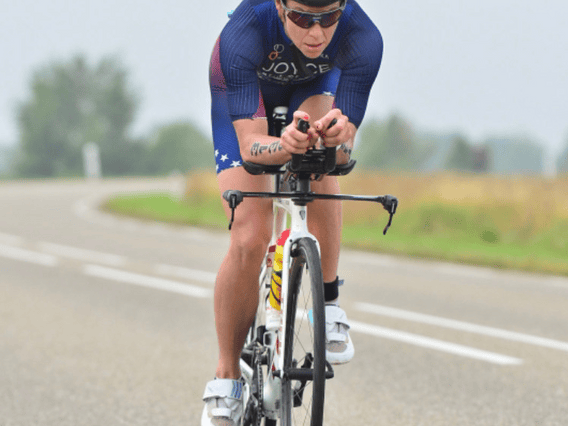There can be several reasons why your glutes may not be firing correctly. Some common causes include muscle imbalances, poor posture, and overuse of other muscle groups.
It may cause issues such as hip pain, lower back pain, sciatic nerve irritation and even knee pain.
Here are a few tips for activating your glutes before your runs:
- Warm up with dynamic stretches: Dynamic stretches involve movement and can help improve flexibility and blood flow to the muscles. Examples include leg swings, lunges, and high knees.
- Incorporate glute activation exercises into your warm-up routine: Exercises such as glute bridges, clamshells, and side-lying leg raises can help activate your glutes and prepare them for activity.
- Pay attention to your posture: Poor posture can lead to muscle imbalances and can inhibit the activation of your glutes. Make sure to stand tall with your shoulders back and engage your core while running.
- Engage your glutes while running: As you run, actively think about squeezing your glutes and using them to propel you forward. This can help activate and strengthen the muscles.
I have listed also a few exercises that may help activate your glutes and improve muscle function:
- Glute bridges: Lie on your back with your knees bent and your feet flat on the ground. Lift your hips off the ground until your body forms a straight line from your knees to your shoulders. Squeeze your glutes at the top of the movement and hold for a few seconds before lowering back down.
- Clamshells: Lie on your side with your knees bent and your feet together. Keeping your feet touching, lift your top knee towards the ceiling, then lower it back down. You can use a resistance band around your thighs to add resistance to the exercise.
- Side-lying leg raises: Lie on your side with your top leg straight and your bottom leg bent for support. Slowly lift your top leg as high as you can, then lower it back down.
- Lunges: Step forward with one leg and lower your body until your front thigh is parallel to the ground. Push off with your front foot to return to the starting position, then repeat with the opposite leg.
- Squats: Stand with your feet shoulder-width apart and your hands in front of your chest. Lower your body (w/bodyweight or hold extra weight like a KB or DB) as if you were sitting back into a chair, then push through your heels to return to the starting position.
Can a non-firing glut irritate my sciatic nerve?
Yes, it’s possible that a non-firing glut can irritate the sciatic nerve, which can cause pain in the buttocks and down the leg (ischialgia).
The sciatic nerve is the largest nerve in the body and runs from the lower back, through the buttocks, and down the leg. It can be compressed or irritated by a variety of factors, including muscle imbalances, poor posture, and overuse of other muscle groups (too much cycling, pls read on!)



